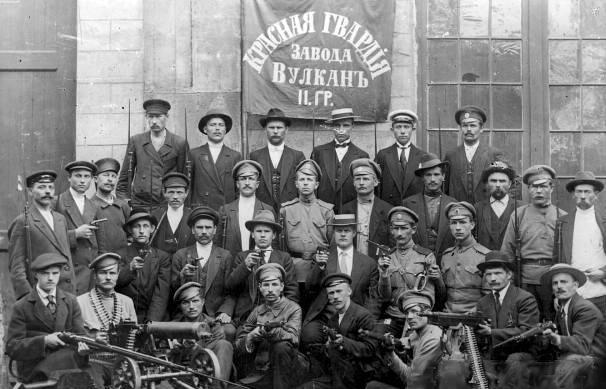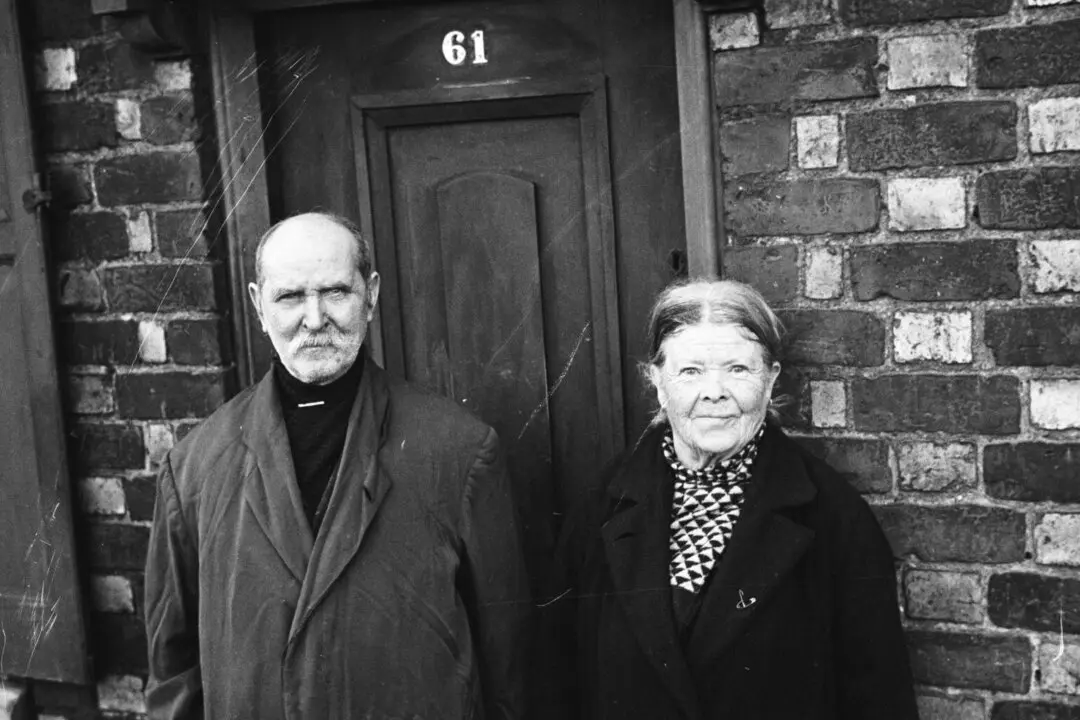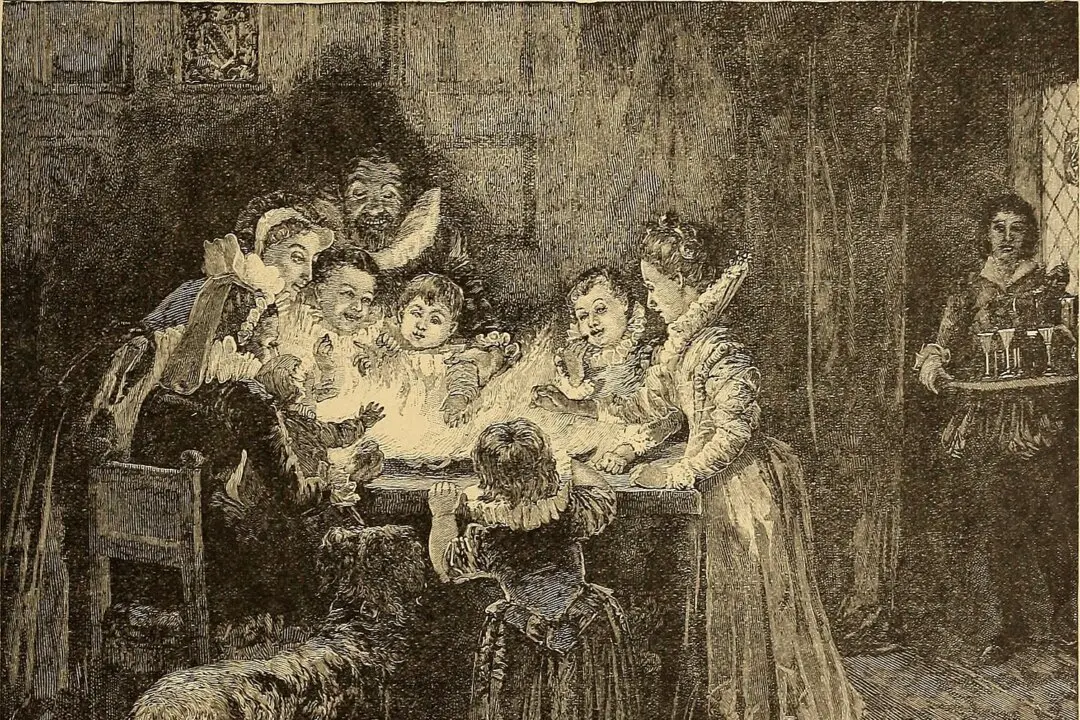As the spring of 1917 settles over a Europe torn apart by the “Great War,” a train speeds swiftly through the silent forests of Sweden, like a serpent in the dark, gliding toward its prey. Its destination: Petrograd. Its purpose: the destruction of the Russian government.
Germany’s secret weapon to end the war was not what one might expect. It was not an atomic bomb. That wouldn’t be developed for another quarter century. It was not a new chemical weapon, like those used in the slogging trench warfare on the Western Front. It was not a new fighter plane or long-range bomber.






